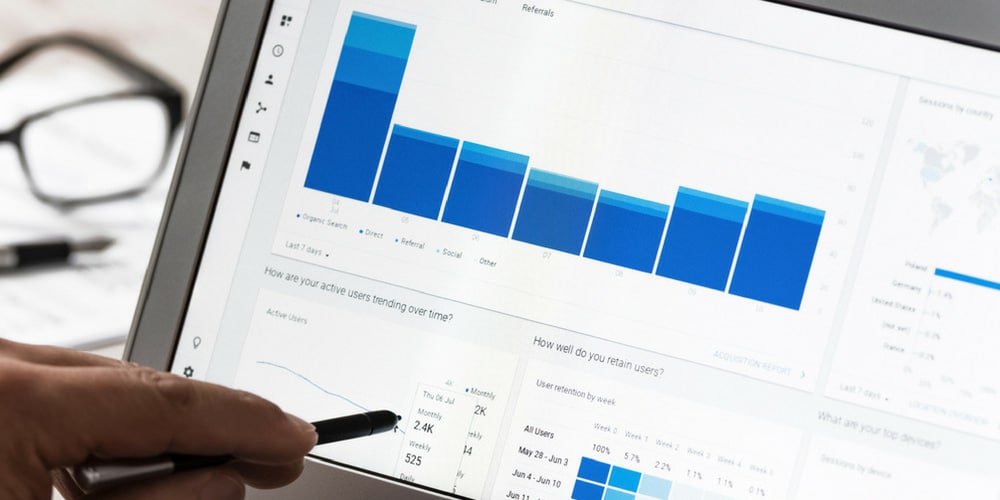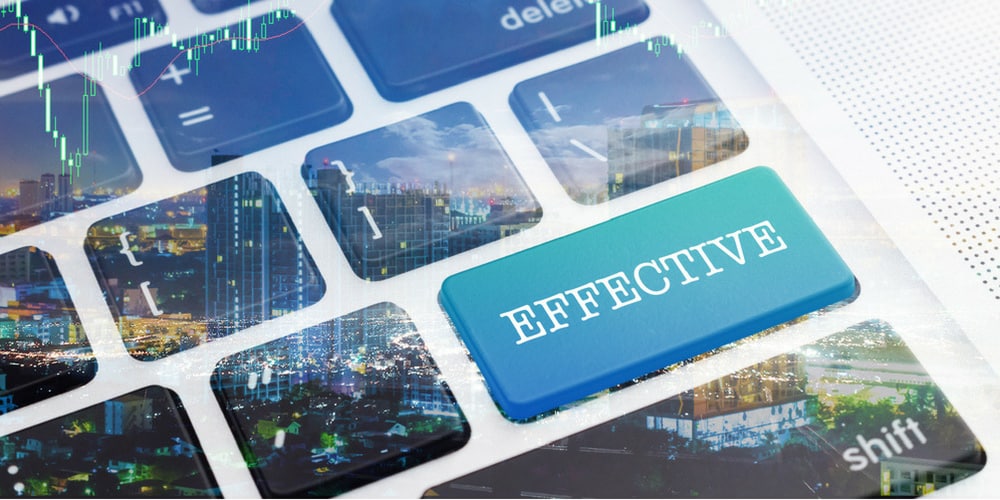What is a Webinar? The Missing Link Between Marketing and Sales

It's a common fact of enterprise business: sales and marketing don't always play nice. Sometimes the teams work in separate silos entirely, cutting off efficiency at the knees.
What is a webinar good for here? It's a key transition piece in that hand-off between the two departments (or people, if you're working in a small or medium business).
True, it takes nothing less than a full-fledged marketing funnel to get people to sign up for webinars—but it takes a dedicated sales team to turn an attendee into a customer. A lot of work goes into nurturing leads between those two points on the customer journey.
You can set up a strong sales engine by funneling website traffic from your content into an email automation and then a webinar with appropriate lead scoring mechanisms. Bringing market-qualified (or even sales-qualified) leads into your webinar lets the sales person build on the marketing momentum and establish trust instead of trying to hard-sell someone still in the Awareness phase of the customer journey.
Webinars Provide Behavioural Analytics

Digital marketing works because we can measure things, letting us create a flow of statistically reliable leads to drive revenue. Modern webinar platforms have the same capabilities, letting you measure the actions of your attendees and apply a relevant score inside your CRM.
While the exact features will vary between webinar platforms, you should expect a good one to measure these things for every attendee:
- Who joined (and when)
- Which resources were downloaded
- How many comments were made
- Answers to polls
- How long the webinar stayed the front window.
That's invaluable data for the sales team.
Even better is the ability to connect those actions to your CRM's lead scoring system. This lets you stay informed on leads even if the conversation doesn't continue immediately after the webinar.
Webinars Are Cost-Effective

Marketing, qualifying, and selling to leads at scale is the key to a successful webinar program.
Why talk to everyone one-on-one at the top of the funnel (when leads are just realizing they have pain points that need to be solved) when you can reserve your team's time for that at the middle (or even bottom) of the funnel?
Webinars let your sales team accomplish more with fewer people on board--and that's powerful.
Employee time is the single most expensive resource at a company's disposal. Why spend more of it chasing down leads who might not be ready to purchase for another 6-18 months when you can invest that time into leads expressing interest in your webinar (and product) right now?
It's a no-brainer for enterprise marketing teams, and still a worthwhile investment for SMBs who can carve out the time to implement the system.
Webinars Can Be Consumed on Demand

Webinars are best attended live so that you can respond to your audience's specific questions in the moment, but not everyone makes it (even if they sign up).
That's why on-demand webinars are so useful. By recording the webinar video and hosting it for consumption at your lead's convenience, you'll still be able to pull qualified leads through your funnel. You don't even need to host live ones every week.
Even just one per month is a great place to start, but it's not the end of the world if you can't accommodate that capacity yet. On-demand webinars solve that problem by creating evergreen content out of a live video.
In other words, they can work for you while you sleep.
Webinars Work Wonders for Selling Big-Ticket Items

This is the part your sales team will love, even if your marketing team is full of introverts. Sales people can join your webinar both on-screen or off-screen, but it's best to put them on-screen whenever possible.
That's because your sales people are the ones who can take leads from a "maybe" to a "yes," and they have the charisma to do it.
Obviously, that's pretty important when selling big-ticket items to your customers, especially in the B2B space with long sales cycles. I've worked with one company that had a 3-year sales cycle per average customer; the process included a lot of trust building, onboarding, integration, and post-sale support. It sells a complex platform that needs to be explained in detail to progress through even the first stage of that process.
Imagine how much easier it would be if that company had a sales person and a product engineer discussing what's possible, what industry problems the platform solves, and presents it all in a digestible fashion for the non-experts watching? They could reduce the sales cycle considerably and have an easier time with committee buy-in with that kind of simplified, down-to-earth content.
Not sure if webinars are right for you or your brand? Try out something simple like a Facebook live video before you commit to a full platform.

